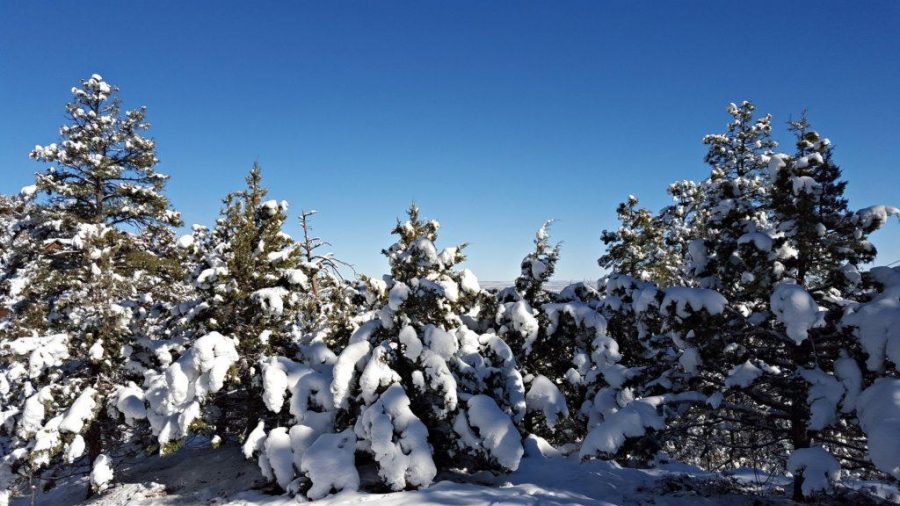In 1965, the classic Christmas cartoon, “A Charlie Brown Christmas,” coined the phrase ‘a Charlie Brown Christmas tree,’ describing the short and spindly evergreen Charlie Brown picks from the tree lot. While in the story, Brown’s tree is just what the Christmas Pageant needed, vernacularly the term ‘Charlie Brown Christmas tree’ is used to negatively characterize atypical trees. However, due to the current shortage of traditional, farm-grown Christmas trees in the United States, Americans planning on celebrating the holiday season with a decorated tree will have to reckon with paying premium prices for the ideal tree, or choosing a tree with a little more character.
When the Great Recession hit in 2008, the average buyer spent $36.50 on a Christmas tree which took seven to 10 years to grow. Farmers planted fewer seedlings, deciding to plant more lucrative crops to avoid going bankrupt. Environmental factors impacted the tree supply as well this year; Hurricane Harvey flooded and destroyed tree farms in southern Texas while wildfires consumed crops in Oregon and Washington. Unlike artificial trees, farm-grown trees cannot be manufactured to meet the demand, driving the price up to an estimated $80 per tree this year. In comparison, The Bureau of Land Management and the U.S. Forest Service offer permits to fell wild junipers or Pinyon pines on public lands for just $10. While you may not find a Griswold family tree, do not be discouraged, as the American Christmas Tree Association stated earlier this year, “The ‘perfect’ Christmas tree is any type of Christmas tree that fits your personality and your lifestyle.”
Many aspiring environmentalists may think that investing in an artificial tree would be the eco-conscious approach to celebrating the holidays, but a recent study from Montreal found that an artificial tree must be reused for more than 20 years to be a greener alternative to buying a fresh-cut tree annually. The typical lifespan of an artificial tree is six years, and they often contain polyvinyl chloride which produces carcinogens during manufacturing and disposal. By choosing a naturally grown juniper or pine, your house will smell like Christmas and your air will be less hazardous.
As Tim O’Connor, a spokesman and advocate for Christmas tree farmers, reassured Americans this month, “There is a tree for everybody that wants one. It may just require choosing a different vendor or type of tree.”
Save some money and start a new tradition by calling the BLM to reserve a tree permit this season. If you get your Charlie Brown Christmas Tree home and you are disappointed by its fullness or height, pop in that VHS from your childhood and remember that Christmas is about more than the size of a tree. As the credits roll, you may find your thoughts echoing Linus, “I never thought it was such a bad little tree. It’s not bad at all, really. Maybe it just needs a little love.”




Jami Warner • Dec 4, 2017 at 10:01 am
An American study, the first ISO-compliant, third-party peer reviewed Life Cycle Analysis comparing the average artificial Christmas tree to the average cut tree found that the choice of either tree had a negligible impact on the environment. Choose either or both kind of Christmas trees. There is no wrong choice. Merry Christmas.